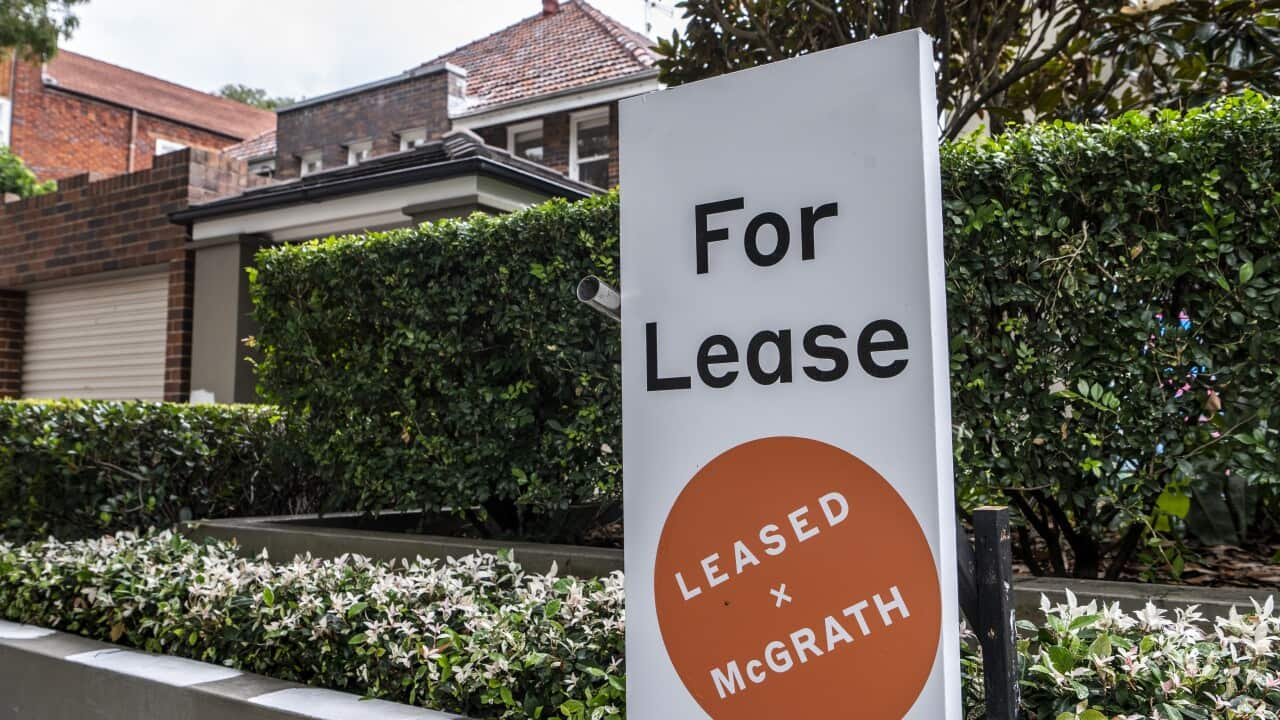KEY POINTS:
- Melbourne has overtaken Sydney as Australia's most populous city thanks to the widening of its western boundary.
- This is partly due to migrants from India flocking to Melbourne's western fringe.
- Melbourne has also seen less residents leave in recent years than Sydney.
Melbourne has overtaken Sydney as Australia's most populous city, mainly due to Sydneysiders being more likely to leave their hometown. But experts say while this rebalance has been expected for some time, Melbourne's rapid population growth may not be sustainable.
Following the 2021 census, the Australian Bureau of Statistics (ABS) changed Melbourne's Significant Urban Area (SUA) to include the district of Melton on its western fringe. The redrawing of lines boosted its SUA population to 4,875,400 in June 2021, 18,700 more than Sydney, whose SUA population stood at 4,856,700.
This boundary shift means Melbourne's SUA population actually took over Sydney's in 2018.

Sydney has welcomed more migrants than Melbourne over the last decade, according to the ABS, but has seen more residents move to other parts of Australia. Source: SBS News
So why has Melbourne's population grown so fast, will it stay that way, and how will it affect rivalry between the two cities?
Migrants from overseas are flocking to Melbourne's west
The ABS uses various methods to calculate an SUA, one classification being that it represents an urban centre housing more than 10,000 residents.
"What's happened with the 2021 census is Melbourne's main suburban area and also Melton, which is a growth centre in the west of Melbourne, have actually combined to form one continuous population centre, and that's now higher than in Sydney," ABS demographer Andrew Howe told SBS News.

Following the 2021 census, the Australian Bureau of Statistics changed Melbourne's Significant Urban Area (SUA) to include the district of Melton on its western fringe. Source: SBS News
"Overseas migrants are the main component of population growth in the west of Melbourne, and the major source of migration now is the Indian subcontinent," he told SBS News.
"They tend to come to Melbourne because it has a higher proportion of Indian immigrants than Sydney does. Once you have a particular national cultural base, there's a flow-on effect."

The Indian and Pakistan cricket teams enjoyed huge support from local fans for their match during last year's ICC T20 World Cup cricket match at the Melbourne Cricket Ground. Credit: Rana Sajid Hussain/Pacific Press/Sipa USA
"Students from the subcontinent are often keen to become permanent residents. So that then provides a stream from international migrations into permanent migration."
There are less people leaving Melbourne
In terms of Melbourne's overall SUA population growth overtaking Sydney's, experts attribute it to more people choosing to leave Sydney for other parts of Australia than those choosing to leave Melbourne.
"Over the last 10 years, Melbourne had a net change of around zero, so around the same number of people have moved in as have moved out ," explained Mr Howe.
"However, for Sydney, we've had over 200,000 more people move out than move in. Sydney loses significantly more people to the rest of Australia compared to Melbourne."
The reasons? Chiefly housing cost, transport and infrastructure.
Sydney has historically lost many young families, most likely related to housing affordability, Professor McDonald says.
"Sydney has a long history of losing people to Queensland. It fluctuates quite a lot but at the moment, there's quite a big move going on from Sydney to Queensland and they're not older residents, they're mainly younger families.
"Melbourne hasn't had quite the same situation. Pre-COVID, Melbourne was drawing people in net terms from every state and territory in Australia. People left during COVID for obvious reasons and it remains to be seen to what extent that movement of people coming to Melbourne will continue."
"It's easier to get around Melbourne than it is in Sydney," Professor McDonald added. "The streets are wider and the traffic situation is not nearly as bad as it is in Sydney. And there are trams as well. Though Sydney probably has better rail because it's got more cross Sydney rail lines."

There's are geographical limits to how far Sydney's suburban sprawl can extend, which helps to bump up property prices. Source: SBS News
"Housing costs in Melbourne are so much cheaper than Sydney and that's because the frontier for migration continues to be expanded and is spreading primarily out to the west and north but also to the southeast.
"In Sydney, the suburban frontier has been restricted and as a result, housing costs on the fringes in Sydney are many times greater than they are in Melbourne. In Sydney, housing costs have been such that there's been a much greater exodus of existing residents," he said.
The median property price in Sydney in March 2023 was $994,000 while in Melbourne it was $789,000, according to REA data. Rent in Melbourne is also significantly lower.
The average rent in Sydney in April is $779; in Melbourne it's $576, according to SQM Research.
Will the trend continue?
It's hard to say, Dr Birrell says.
While he believes the Victorian government is providing for greater population expansion on the city fringe than is happening in Sydney, and housing costs, particularly on the fringe, tend to be much lower in Melbourne, it's hard for cities to cope with rapid population growth.
"There are all sorts of cost problems in providing the infrastructure and housing to all these people on the fringe."
He said rising housing costs have also seen more people leave Melbourne since the pandemic, a trend that may or may not reverse.
"Housing costs are not at Sydney's level but they've grown rapidly in Melbourne and that has encouraged a much greater exodus from Melbourne than was the case prior to the pandemic."
How will this affect traditional rivalry between Sydney and Melbourne?
Melbourne has for decades revelled in its status as underdog. Now it's overtaken Sydney as the biggest Australian city, it's actually a bit of an anticlimax, experts say.
"They're roughly the same size, they're both international cities, which is really important for Australia, and there's huge movement between the two," Professor McDonald says.
"I think the rivalry thing has disappeared a bit, and when it comes to business, the two cities cooperate very substantially now. That wasn't the case in the past when there was more of a rivalry between them."
Dr Birrell describes the rivalry as "ridiculous" but admits it's "taken very seriously in Melbourne".
"The property and finance interests have hinged on Melbourne's continued population growth. Its growth was a lifeline."
But he said many residents don't see population growth as a good thing.
"Costs and congestion are just getting bigger and bigger. Most people can see that population growth is simply delivering competition for services."











